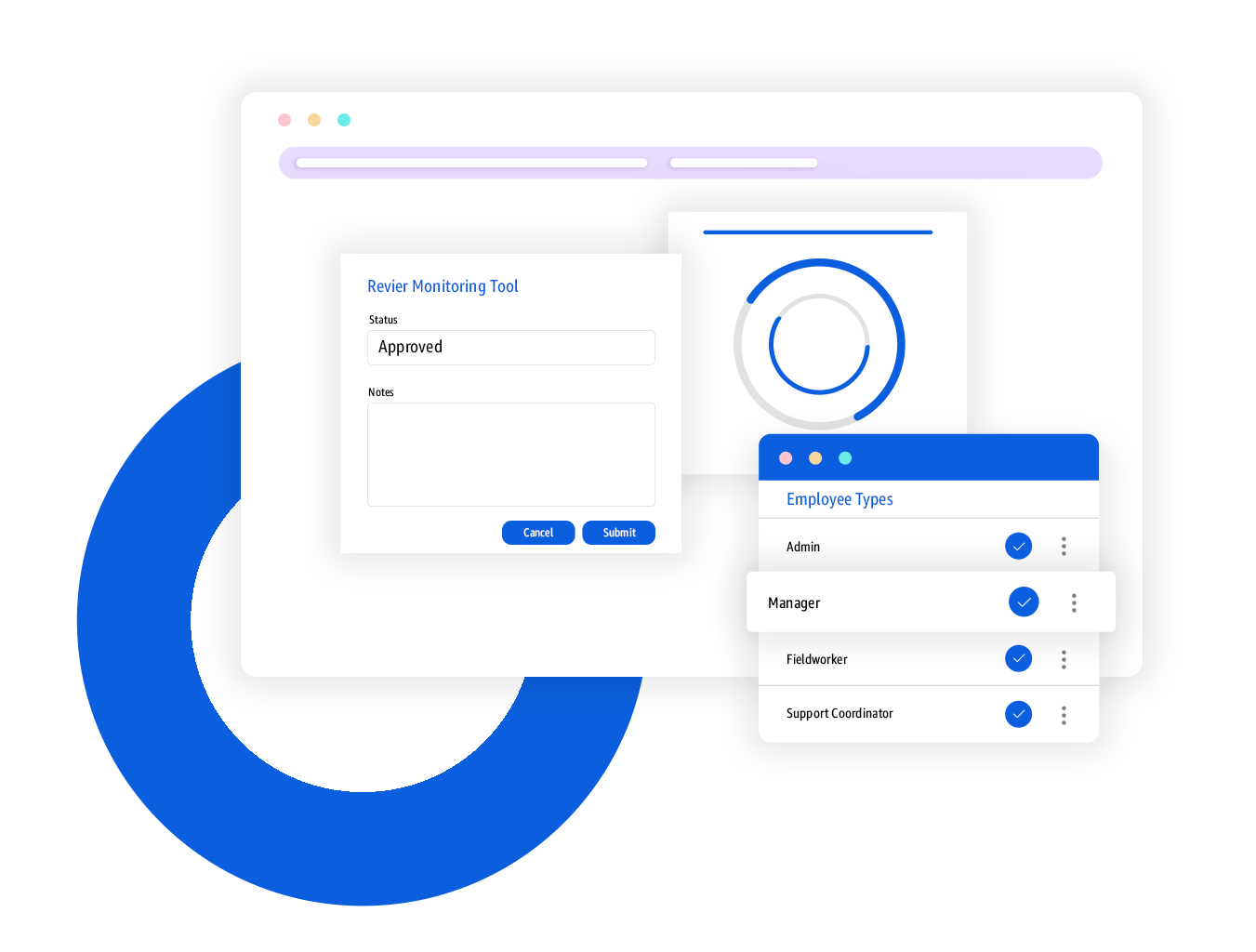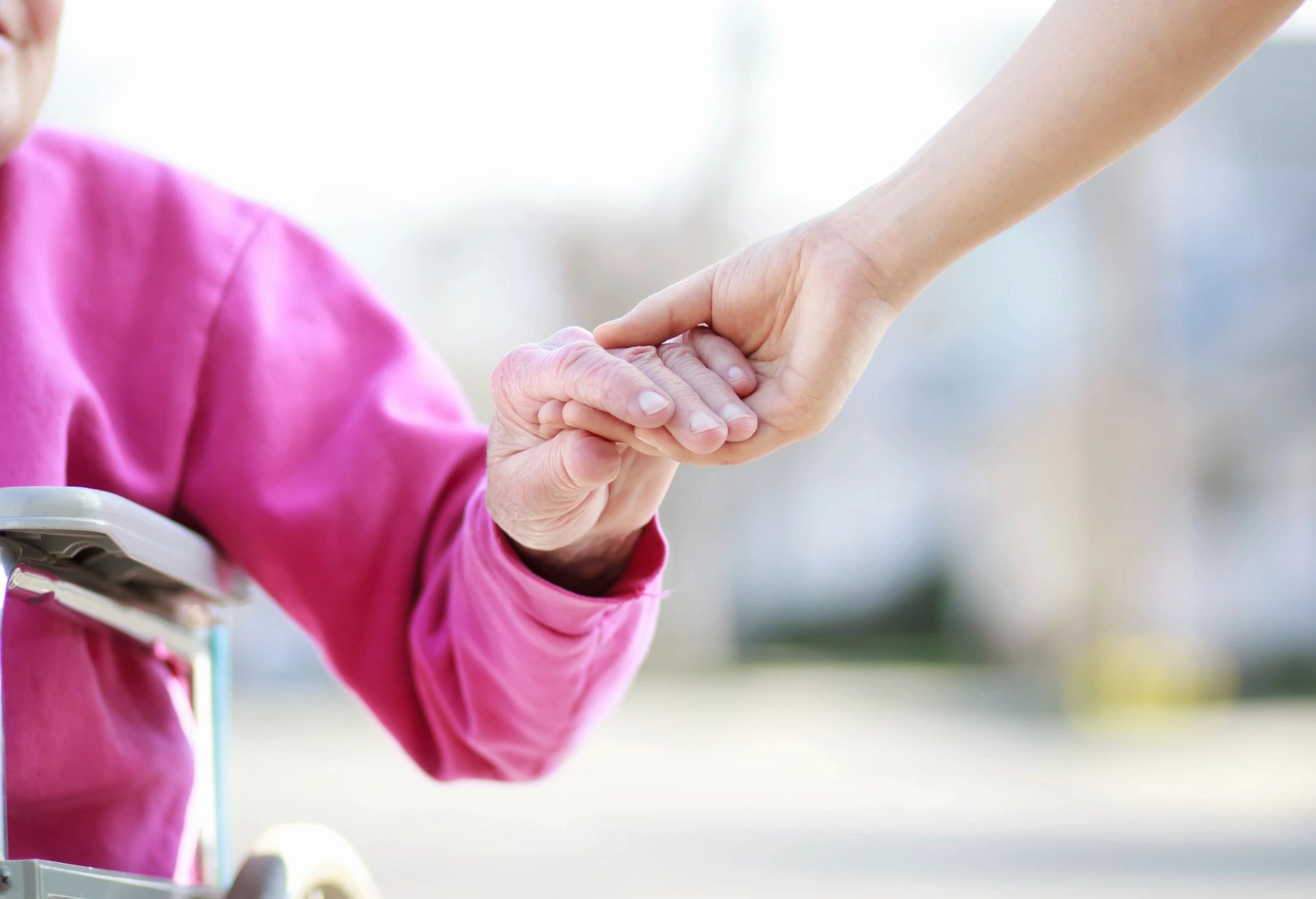Did you know that 1 in 5 deaths from COVID-19 occurred in nursing homes? 1 in 5! That’s 20% of the deaths! All in nursing homes? That’s insane!
As you may already know, the nursing home population is typically 65 years old and older or people who suffer from chronic medical conditions, such as diabetes or heart disease, or even both. They are our most vulnerable citizens when it comes to contracting COVID-19. Wouldn’t it make sense if their safety was a top priority amidst this public health crisis? Well, obviously. However, that’s not how it played out in the USA. Let’s delve into the reasons behind all of this.
Well, to start, we’ve already established that the elderly population, especially those with underlying conditions, is the most negatively affected by contracting the virus, meaning they are significantly more likely to be hospitalized. Needless to say, that is out of our control. The problem here is how the state governments handled the situation. Many Governors initially allowed all of the people who were recovering from COVID-19 back into the nursing homes. Both California and New Jersey required, yes I mean forced, nursing homes to accept COVID-19 patients. It goes without saying that these policies spiked the infection and death rate amongst the elderly and employees in the nursing homes. How can you as a leader and a state allow this to happen?
Furthermore, it is important to consider the lack of COVID-19 testing and essential supplies, such as masks, gloves, etc, present in nursing homes all over the country. Yes, for a while we didn’t have enough testing in facilities where the most vulnerable lived. This obviously led to an increased contraction of COVID-19 and death amongst residents. It is crucial that we as a nation disperse essential supplies to neighborhoods and places that were hit the hardest. A nursing home is an example of one!
One “positive” that came out of all this was that leaders are starting to take initiative and ensure that safety in nursing homes is a top priority. Nursing homes across our country are now screening residents for COVID-19 on a daily basis; communal dining rooms and group activities are suspended; and federal and state governments are providing nursing homes ample supplies, such as COVID-19 testing kits, masks for staff, etc. The situation is far from perfect, but we should and will continue to push for a better future for nursing homes.

